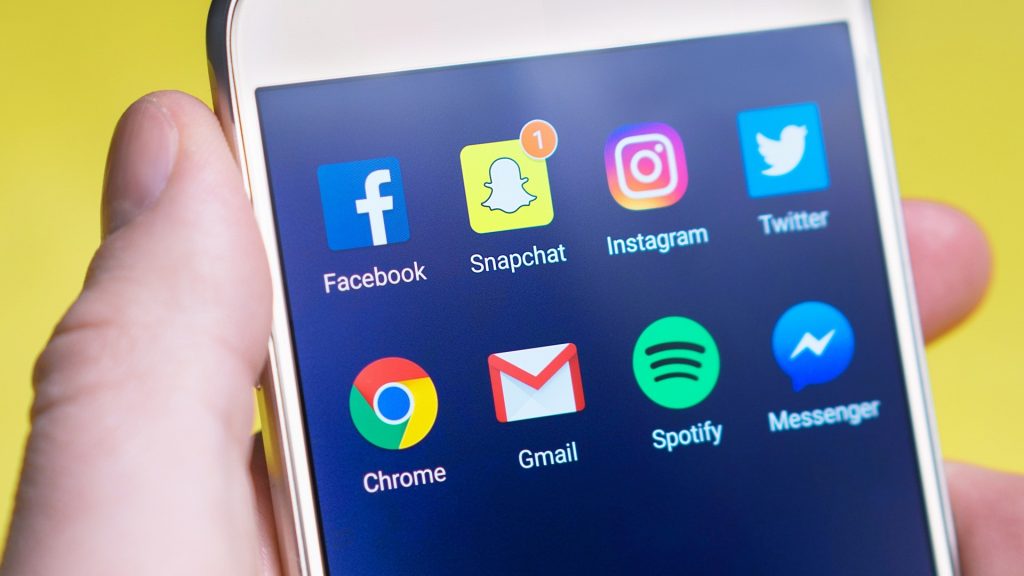Table of Contents

SEO (Search Engine Optimization) is a valuable aspect of any successful digital marketing strategy. It assists businesses in getting a higher rank in search engine results and also increases their visibility to potential customers. Local SEO is another important part that helps you target customers within your business’s geographic area. It can be especially beneficial if your business relies heavily on the local consumer base, such as restaurants, bars, and retail stores.
According to research, almost 46% of Google searchers seek local information. Hence, it is an important factor if you want your business to become a well-known brand amongst the masses. So, without any further ado, let’s get started with our guide. Here we will evaluate the strategies you can use to boost your local SEO and drive more customers to your business. From link building to content optimization and more, read on for all the information about increasing your website’s visibility now.
What Is Local SEO?

Local SEO is a technique where you optimize your online content and presence. It helps your business rank higher in search results for local searches. It is an important part of your business’s online marketing strategy, especially if you have a brick-and-mortar store or serve a local market.
Here are a few key things to keep in mind when optimizing for local SEO. Let’s briefly overview them:
Optimize Your Website On Google My Business
It is important to become a part of Google My Business as the search engine heavily relies on it. Moreover, it will also help you fulfil Google’s needs effectively. To optimize your website on Google My Business, you should:
- Claim and verify your business listing
- Optimize your business listing information
- Add photos and videos
- Request your customers to leave honest feedback
- Monitor and respond to reviews
- Use Google Posts
- Take advantage of Google My Business Insights
Share Your Content On Social Media

As a local business, one of the best ways to improve your SEO is to share your content on social media. It will help you build links to your website, improving your ranking in search engine results pages (SERPs). Additionally, social media can also enhance brand awareness and create leads for your organization.
There are a few things to keep in mind when sharing your content on social media:
- Ensure your content is high quality and relevant to your target audience.
- Share your content regularly, but do not spam people with too many posts.
- You must use hashtags to make your content more discoverable.
- Stay connected with people who comment on or share your content.
Following these tips, you can use social media to boost your local SEO and grow your business.
Do A Local SEO Audit
To ensure that your local SEO is as strong as it can be, it is important to do regular audits. It will help you know about areas that need improvement and ensure that your strategies are effective.
Here is how you can perform a local SEO audit:
Check Your NAP: Your name, address, and phone number should be the same on all your listings. If it is not, search engines may not trust your listing, and you could lose ranking.
Claim And Optimize Your Google My Business Listing: Your GMB listing is an important part of local SEO, so make sure it is correct and updated. You must include critical information here, such as business hours, categories, and photos.
Build Citations: Citations refer to mentions of your firm on other sites on the internet. It works even if there is no link back to your site. Hence, you should develop citations on high-quality directories to improve the visibility of your business and build trust with search engines.
Generate Reviews: Encourage customers to leave reviews on popular platforms such as Google My Business and Yelp. Reviews improve click-through rates and can boost your ranking in local search results.
Make Your Internal Linking Structure Better
If you want to boost your local SEO, one of the best things to do is to ensure your internal linking structure is in good shape. It means creating links between your different website pages that are relevant and useful for users.
It will help users navigate your site easily and give search engines an idea of what it is all about. Hence, enabling them to index your pages quickly and rank them higher on search pages.
How To Improve Your Website’s Internal Linking Structure For Better Local SEO?
You can do a few different things to improve your internal linking structure. Firstly, overview your existing content and see if any opportunities exist to add links between related pages. If you have any old articles or blog posts that are not linked to anything else on your site, it is an excellent time to add some links.
You can also generate new content that links to your site’s relevant pages. For example, if you write a blog post about a specific product or service you offer, be sure to link the corresponding page on your website. It will help users find what they are looking for and improve search engines’ chances of indexing and ranking your pages.
Finally, make sure all of your links are working correctly. Sometimes links get broken or point to the wrong place. Check all of your links regularly to ensure they are working as intended.
Optimize URL And Meta Description
Considering you have already claimed and verified your business listing on Google My Business, the next step is to optimize your URL and meta description. Your URL should be short, descriptive, and easy to remember. Moreover, it should also include your target keyword. For example, if you’re a local florist, your URL might be like: www.example.com/flowers.
As for your meta description, this is the summary that appears under your URL in the search results. Again, include your target keyword and make it compelling enough to make people click through to your website.
Click here to learn how to create an SEO-Friendly URL Structure.
Insert Location Pages
You must have location pages on your website to rank higher in search engine results for area-based searches. These pages are specifically about a particular location. They help search engines understand your business’s location and what areas you serve.
How To Create A Location Page To Boost Your Local SEO?
To create a location page, start by creating a new page on your website and title it with the location you want to target. For example, if you want to target the city of Los Angeles, your page must be titled “Los Angeles Location Page.”
You must include relevant information about your business in that location, such as your address, phone number, and service area map. You can also have photos and videos of your business and customer testimonials.
Once you have created your location page, add it to your website’s navigation so visitors can easily find it. You should also add a link to it from any relevant pages on your site, such as your Contact Page or About Us Page. Doing this will make it easy for visitors and search engines to find all the details they need about your business in a single place.
Develop Local Content
As the internet has become more globalized, ensuring your website is optimized for a local audience is important. One way to do this is by developing local content. For that, you must post blog posts or articles relevant to your city or region.
You can also create listings for local businesses and organizations or write reviews of local products and services. By developing local content, you will be able to connect with a potential customer base in your area.
Make Your Website Mobile Friendly

If you want your local SEO to be successful, you need to ensure your website is mobile-friendly. In today’s world, more people are using pocket devices to search the web. According to research, almost 82% of near-me searches are done by mobile phone users. You can miss out on many potential customers if your website is not optimized for mobile devices.
How To Make A Website Mobile-Friendly?
Let’s discuss some important things you can do to give a mobile-friendly touch to your website. Firstly, you must make your website responsive to adjust quickly to any screen size, whether a smartphone, tablet, or computer.
Moreover, you need to simplify your design. Do not use too many images or videos, and stick to a simple color scheme. Last but not least, you should also work on improving your page’s speed. Mobile users are often impatient and will not stick around if your site takes more than a few seconds to load.
If you follow these tips, you will see a boost in your local SEO rankings. More importantly, you will provide a better experience for your mobile users, leading to more customers and sales.
In conclusion, Local SEO is crucial if you want your customers to find your business in their area. We hope our tips can guide you to boost your Local SEO and drive more traffic to your business.



